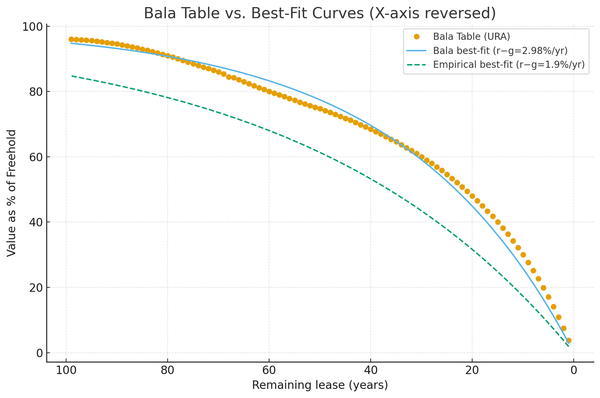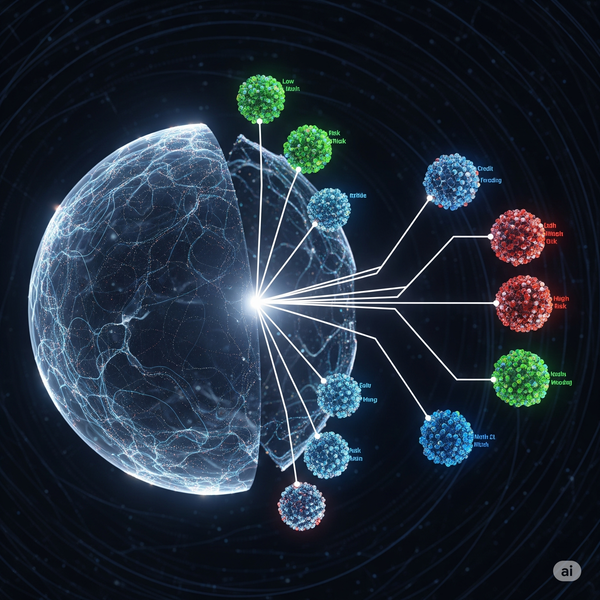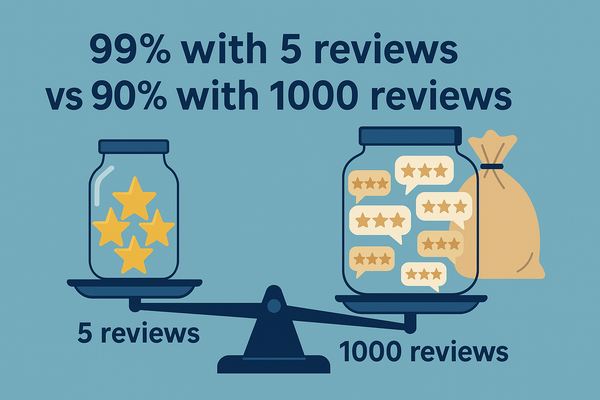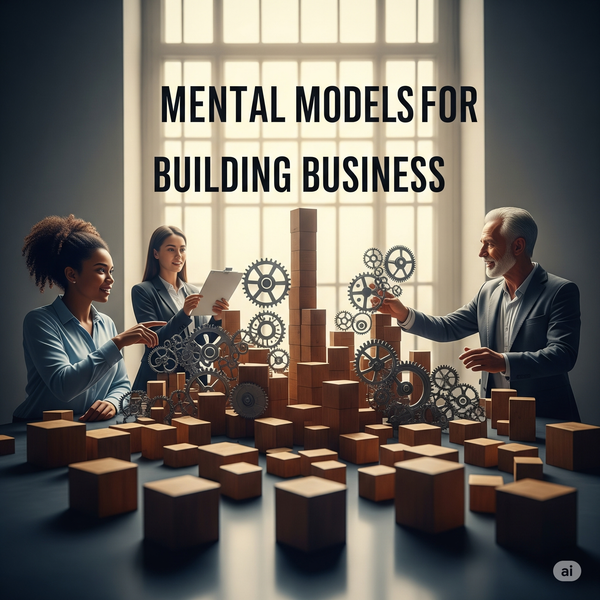Read more

Lease Decay
In Singapore's property market, properties are classified into two categories: leasehold and freehold. Freehold grants perpetual ownership of both the property and land. In contrast, leasehold means the owner owns the property but leases the land from the government, typically for 99 years. Once the lease expires, the

One Model to Rule Them All? Finding the Cracks in Your Global Credit Model
There's an ongoing debate about whether multiple specialized models or a single global model is better for credit risk modeling. I'm exploring this question within a company I'm working with, as I'm not sure if it's been addressed elsewhere. I

5 Reviews at 99% vs. 1000 Reviews at 90%: Which Seller is Better?
Motivation Given the following reviews in Amazon, which seller is more likely to be a good seller? Seller Number of Reviews % of 5-star Reviews A 5 99% B 100 95% C 1000 90% This exploration was originally motivated by a practical question from my manager: how should we evaluate the

My Incomplete Mental Models on Thinking About A Business
Countless mental models exist for dissecting a business, but theory is cheap. Their real power emerges only when they are forged in the fires of your own experience. The frameworks I unpack below are the ones I turn to again and again. They are designed for the moment you’re
